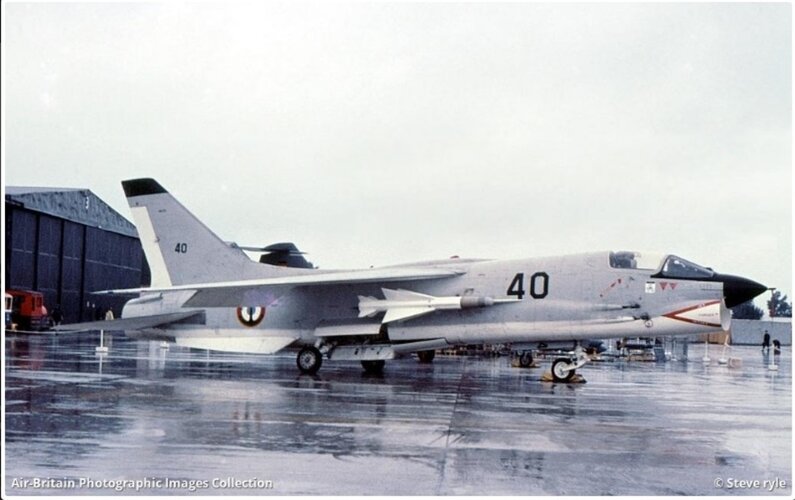Rule of cool
ACCESS: Top Secret
- Joined
- 16 January 2024
- Messages
- 1,820
- Reaction score
- 2,442
In response to the demands of the Vietnam War RoE forcing 'dogfights' the US developed the AIM9E version of the Sidewinder and the AIM7E-2 version of the Sparrow, while the AIM9D had started production in 1965.
WI if the British and/or French found themselves in a similar situation as the US in the same timeframe, could their missiles (Red Top, R530 in SARH & IR) be quickly adapted to perform better in dogfights? I presume Taildog and Magic start development too late to count in this scenario.
What would they need to have done? Would they be effective?
WI if the British and/or French found themselves in a similar situation as the US in the same timeframe, could their missiles (Red Top, R530 in SARH & IR) be quickly adapted to perform better in dogfights? I presume Taildog and Magic start development too late to count in this scenario.
What would they need to have done? Would they be effective?


